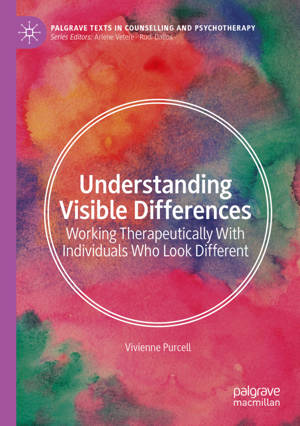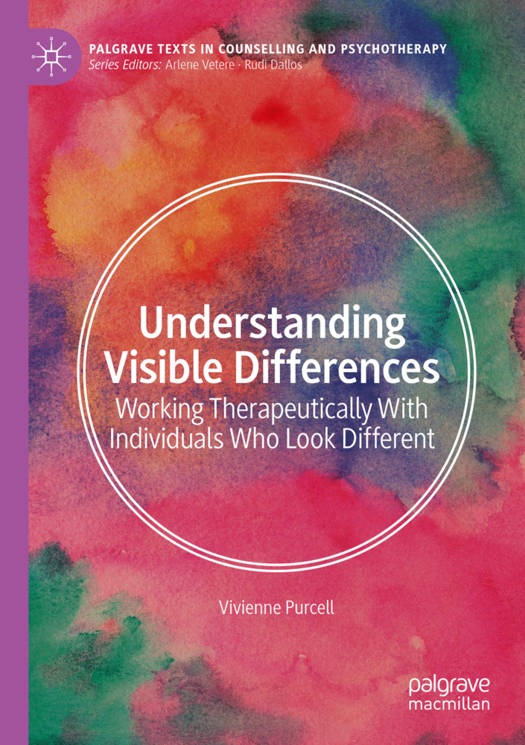
- Afhalen na 1 uur in een winkel met voorraad
- Gratis thuislevering in België vanaf € 30
- Ruim aanbod met 7 miljoen producten
- Afhalen na 1 uur in een winkel met voorraad
- Gratis thuislevering in België vanaf € 30
- Ruim aanbod met 7 miljoen producten
Understanding Visible Differences
Working Therapeutically with Individuals Who Look Different
Vivienne PurcellOmschrijving
This book provides an evidence-based guide to working with visible difference in therapeutic practice. It explores how appearance problems intersect with other concerns causing mental health issues and provides clear guidance on treatment plans and related topics.
Visible difference is a bigger cause of mental distress than is often realised. One in five people have an appearance that is considered 'different' to the normal population. The category of 'visible difference', previously described as 'disfigurement' or simply 'disability' captures a range of conditions with varying aetiology, severity, and extent. Differences in appearance can be the result of a birth anomaly, or be caused later in life through illness, physical trauma, or behaviour. Whatever the cause, visible difference can have a negative effect on how individuals are perceived and view themselves.
This timely work arrives at a moment of rising professional interest, due to the growth of social media use and the focus this puts on appearance ("the amplification of appearance bias"), and also influenced by the implications new research. The author draws on these findings together with her own research and practice to examine best practice and key issues in addressing visible difference. Particular consideration is given to establishing a good working therapeutic relationship. Whether a trainee, a recently qualified therapist, or an experienced professional wanting to broaden their understanding, this is the ideal text for anyone wanting to better understand this growing area of therapeutic practice.
Specificaties
Betrokkenen
- Auteur(s):
- Uitgeverij:
Inhoud
- Aantal bladzijden:
- 179
- Taal:
- Engels
- Reeks:
Eigenschappen
- Productcode (EAN):
- 9783030516543
- Verschijningsdatum:
- 26/11/2020
- Uitvoering:
- Paperback
- Formaat:
- Trade paperback (VS)
- Afmetingen:
- 148 mm x 210 mm
- Gewicht:
- 244 g

Alleen bij Standaard Boekhandel
Beoordelingen
We publiceren alleen reviews die voldoen aan de voorwaarden voor reviews. Bekijk onze voorwaarden voor reviews.











